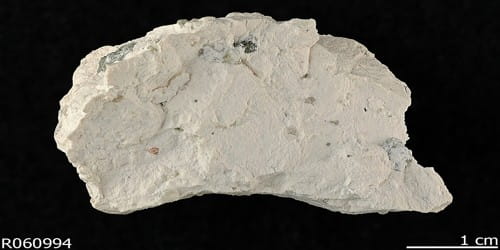Humans have been on the planet for nearly 3.5 million years, since “Homo erectus” first evolved with an upright posture that allowed them to use their hands (Ponting). One hundred thousand years ago, “Homo erectus” evolved into “Homo sapiens,” and both lineages lived in small, mobile groups. Their way of life was based on hunting and gathering food for nearly two million years until agriculture evolved ten to twelve thousand years ago.
To survive, early humans relied on their knowledge of crops and seasons. Human technology eventually advanced as brain size increased and more humans adapted to different environments. Humans began to work with, and sometimes against, their environment to develop a more stable method of acquiring food as well as a more stable way of life. On the other hand, the environment, particularly the climate, unquestionably influenced early humans’ movement and survival strategies.
The conditions that allowed early members of the genus Homo to disperse outside of Africa were studied on a larger scale, spanning Europe during the Early and Middle Pleistocene. The model is based on a comparison of the distribution of functional traits in large herbivorous mammals in sites with archaeological or fossil evidence of human presence versus sites with no evidence of human presence.
Understanding the environmental conditions that led to the dispersal of early humans out of Africa is critical for understanding the factors that influenced human evolution. This is a topical issue that is still being debated. A recent study co-authored by researchers from the University of Helsinki and the Universities of Granada, Tarragona, Zaragoza, Barcelona, Salamanca, Madrid, and Tübingen adds to our understanding of the environmental context of early human occupation in Europe during the Pleistocene.
The study focuses on the Guadix-Baza Basin in Andalusia, Spain, where researchers used dental ecometric trait distribution within fossil large mammal communities to reconstruct climatic variables and net primary production of plant communities from approximately 4.5 million to approximately 400,000 years ago.
Juha Saarinen
The study is part of the Orce project (ProyectORCE), which is funded by the Andalucian government and led by the University of Granada, and in which researchers from the University of Helsinki have been involved since 2017. In Andaluca, Spain, the project is in charge of archeological/palaentological excavations and related research.
The study focuses on the Guadix-Baza Basin in Andalusia, Spain, where researchers used dental ecometric trait distribution within fossil large mammal communities to reconstruct climatic variables and net primary production of plant communities from approximately 4.5 million to approximately 400,000 years ago.
The Guadix-Baza basin is particularly important for understanding early human environments outside of Africa because it contains two sites that are among the earliest human occupation sites in Europe, Barranco León and Fuente Nueva 3 near the city of Orce, which have been dated to be between 1.4 and 1.2 million years old.

According to the estimates, the climate in the Guadix-Baza Basin ranged from roughly similar to today (e.g., Venta Micena, approximately 1.6 million years ago) to more humid, with higher annual primary production. Early human occupation sites in the Guadix-Baza Basin, such as Barranco León and Fuente Nueva 3, had higher primary production than the region currently has. The vegetation was mostly similar to that of a Mediterranean forest, with little grassy undergrowth, which distinguished it from African grass-dominated savanna environments.
According to lead author Juha Saarinen of the University of Helsinki: “Dietary analyses based on tooth wear show that the majority of the large herbivorous mammals in these environments did not consume significant amounts of grass, attesting to the scarcity of grassy vegetation. This is a significant discovery because it suggests that the earliest human occupation sites in Europe were frequently different from African grassy savannas in terms of vegetation and interactions between large mammal fauna and vegetation.”
The conditions that allowed early members of the genus Homo to disperse outside of Africa were also studied on a larger scale, across Europe during the Early and Middle Pleistocene. The model is based on a comparison of the distribution of functional traits in large herbivorous mammals in sites with archaeological or fossil evidence of human presence versus sites with no evidence of human presence.
According to the findings, early humans lived in a wide range of environments but were concentrated in areas where the distribution of functional traits suggests a relatively mild climate and diverse, at least partially wooded environments, particularly during the early stages of dispersal. Furthermore, after humans had established themselves in Europe during the Middle Pleistocene, humans were absent from some sites where mammalian characteristics indicate particularly severe (cold, dry, or both) conditions.
The changing climate had a significant impact on where humans lived. For example, humans attempted to live in Europe only twelve thousand years ago, when the last long glacial period ended, and was able to adapt to the harsh ecosystem. At the time, ice-covered Scandinavia, North Germany, Poland, the northwestern Soviet Union, and the majority of the United Kingdom. Because of the scarcity of plant life and vegetation, humans relied on large animal herds for survival, as well as new tools and technology.
















